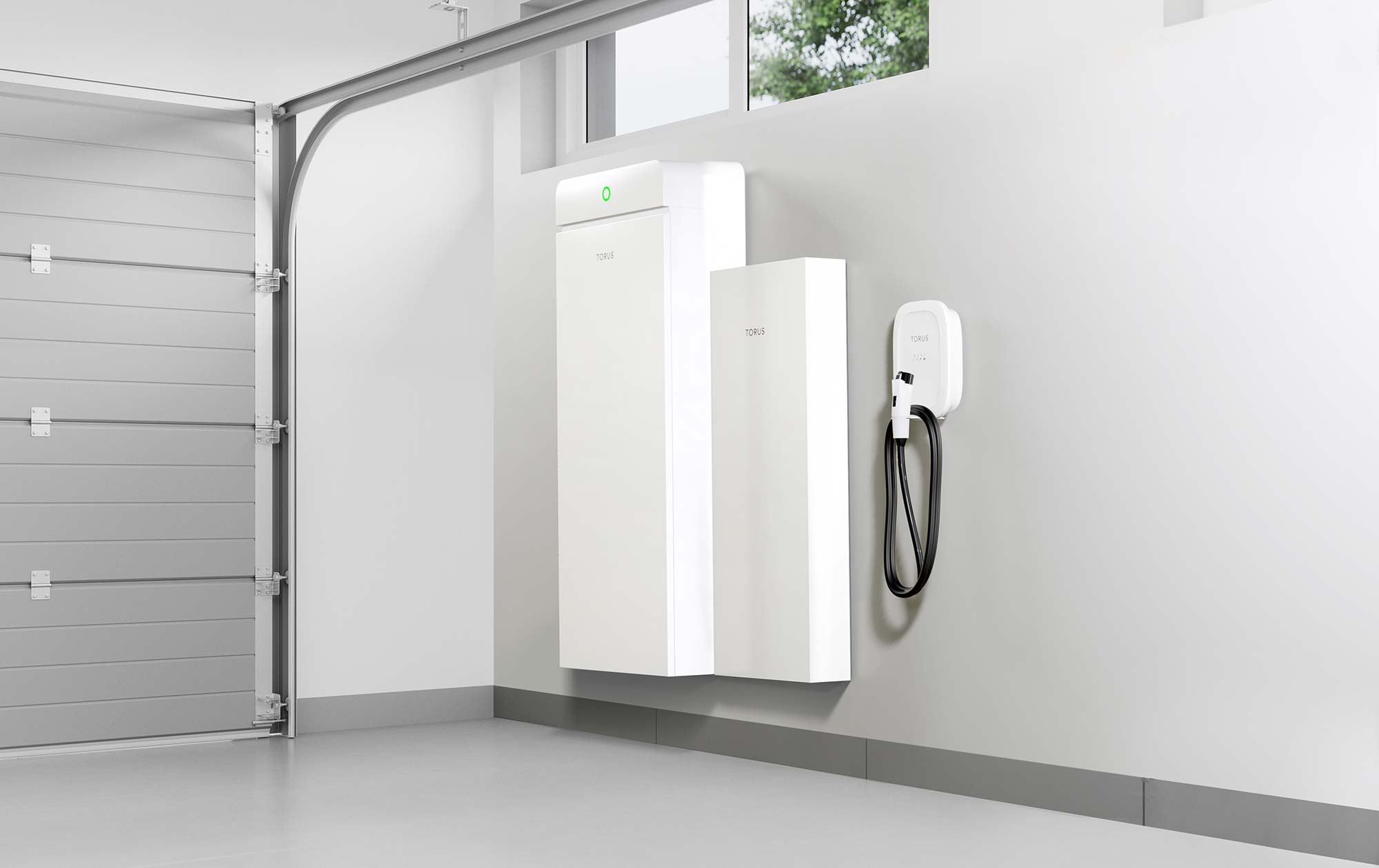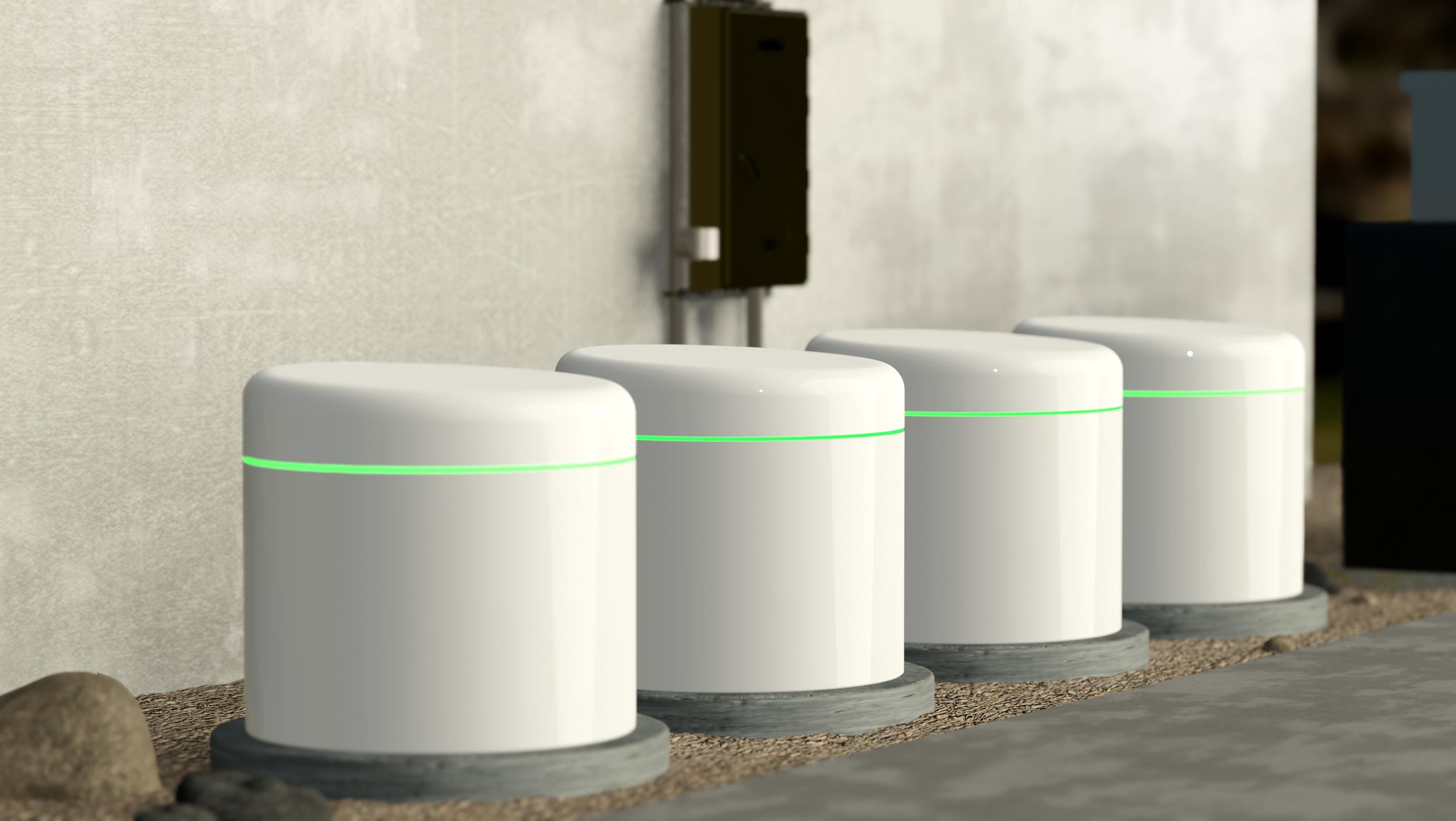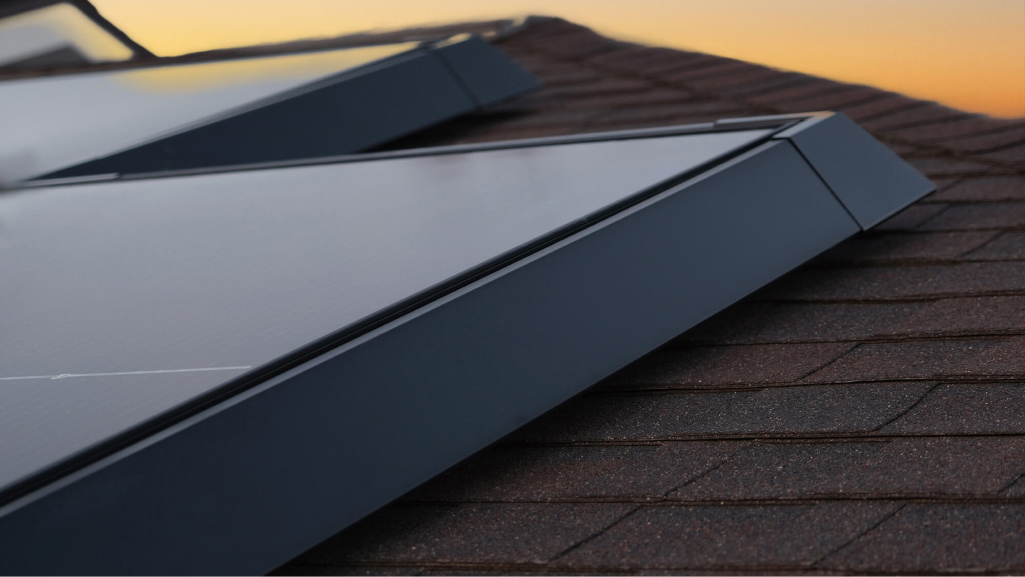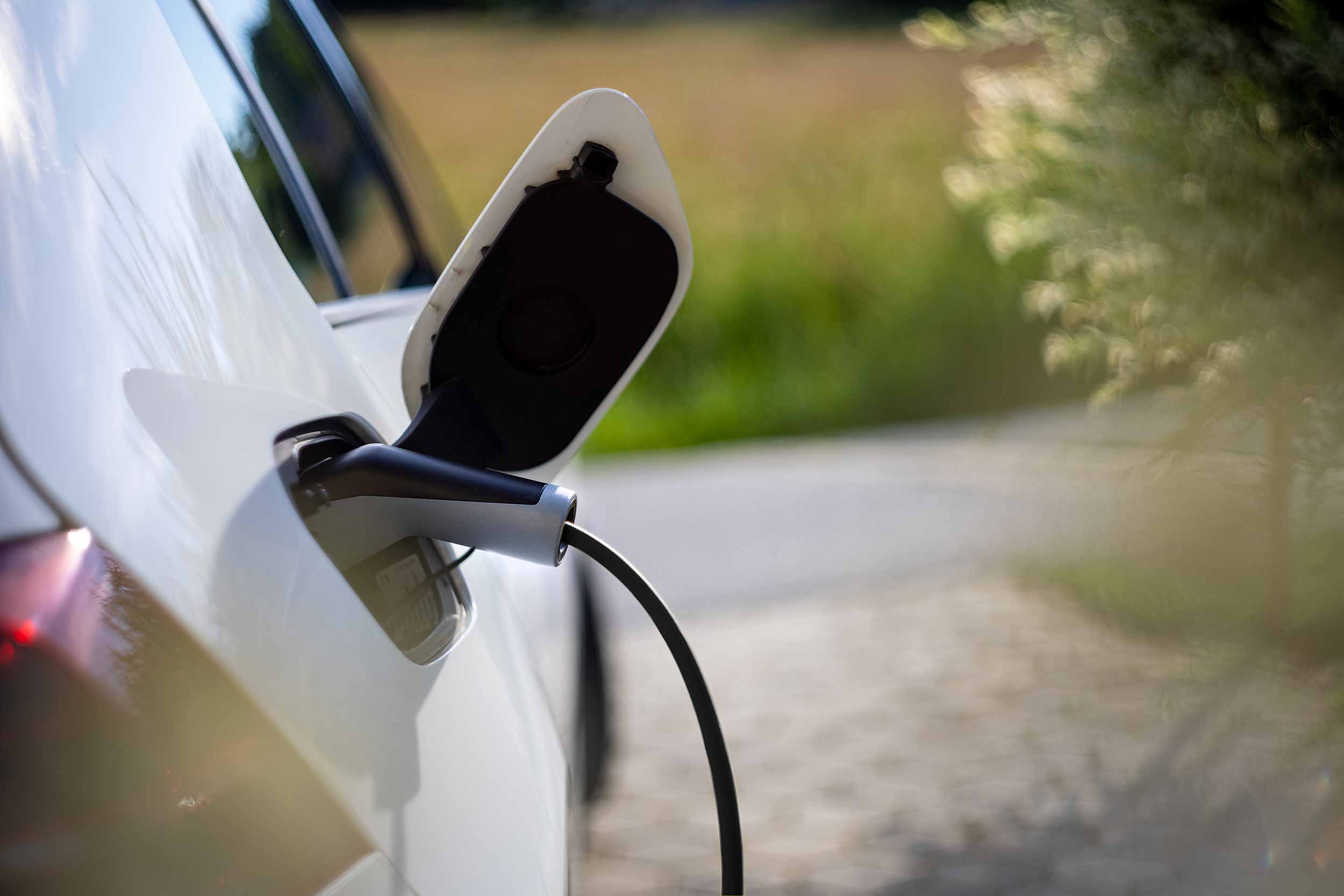Energy Efficiency Financing
Funding for your efficiency investment can take many forms
Energy efficiency allows us to optimize energy consumption, reduce waste, and mitigate the environmental impact of our energy use. Implementing energy efficiency measures often requires upfront investment, which can be a barrier for many individuals and businesses. Thankfully, energy efficiency financing options are available to help overcome this hurdle and make energy-saving projects more accessible. Below, we’re delving into the world of energy efficiency financing and exploring the various options and benefits it offers.
1. On-Bill Financing
- Definition: On-bill financing is a financing mechanism offered by utility companies, allowing customers to finance energy efficiency upgrades through their utility bills.
- How it Works: Customers can take advantage of this option by working with their utility company or participating in energy efficiency programs. The cost of the upgrades is added to the monthly utility bill, and the customer pays it off over time.
- Benefits: On-bill financing offers a convenient repayment method, as the loan is tied to the property rather than the individual. It allows customers to make energy-saving upgrades without requiring significant upfront capital.
2. Energy-Efficiency Loans:
- Definition: Energy-efficiency loans are specifically designed to finance energy-saving projects. These loans are offered by financial institutions, government agencies, and other organizations.
- How it Works: Borrowers can secure an energy-efficiency loan to cover the costs of energy-saving improvements, such as upgrading appliances, installing insulation, or implementing renewable energy systems. The loan is repaid over a specified period, often with competitive interest rates.
- Benefits: Energy-efficiency loans provide flexibility in terms of repayment options and loan terms. They enable homeowners and businesses to invest in energy-saving projects without affecting their cash flow, and the long-term savings from reduced energy bills can help offset the loan payments.
3. Property-Assessed Clean Energy (PACE) Financing:
- Definition: PACE financing is a unique form of financing that allows property owners to fund energy efficiency and renewable energy projects through an assessment added to their property tax bill.
- How it Works: PACE financing is repaid over an extended period, typically ranging from 10 to 20 years, through an additional line item on the property tax bill. The financing is tied to the property, so if the property is sold, the responsibility for repayment transfers to the new owner.
- Benefits: PACE financing offers attractive features, such as low interest rates, long repayment terms, and the ability to transfer the loan obligation to future property owners. It allows property owners to invest in energy efficiency upgrades without requiring upfront capital, making it an appealing option for both residential and commercial properties.
4. Grants and Incentives:
- Definition: Various grants and incentives provided by government agencies, utility companies, and other organizations can help fund energy efficiency projects.
- How it Works: These grants and incentives offer financial support or reimbursements for a portion of the costs incurred for energy-saving measures. They are typically awarded based on specific criteria, such as the type of project, energy savings potential, or geographical location.
- Benefits: Grants and incentives can significantly reduce the upfront costs of energy efficiency projects, making them more financially viable. They provide financial support and act as a rewarding mechanism for individuals and businesses investing in sustainable energy practices.
The Torus Station is the most effective way to create, store, and manage clean, renewable energy at home.
Curious? Learn More.
Interested in a free consultation? Get in Touch
Ready to commit? Customize your system




